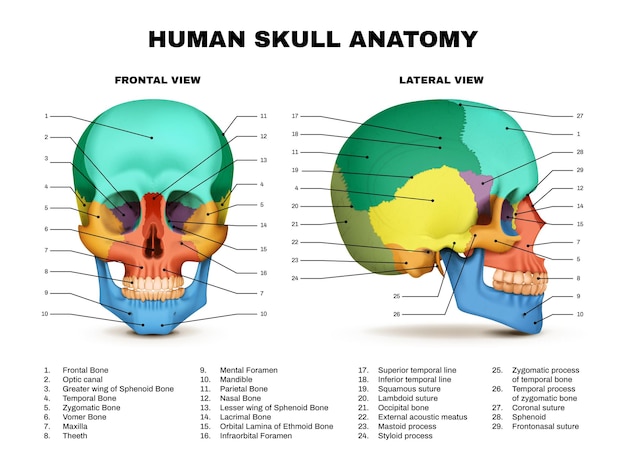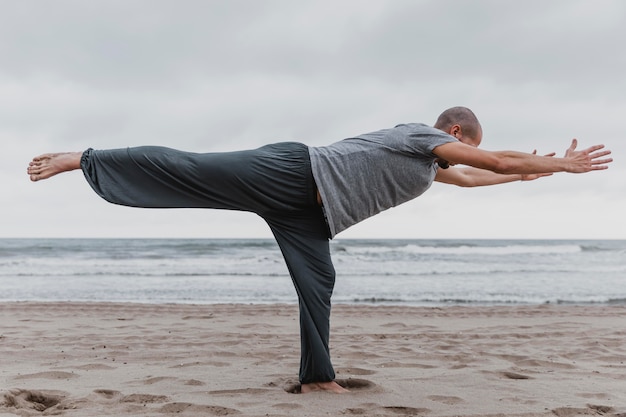As women enter their 40s and beyond, the body naturally undergoes changes that affect strength, flexibility, and stability. Hormonal shifts, decreased muscle mass, and joint stiffness can make everyday movements more challenging. But here's the good news: it's never too late to build a stronger, more balanced body. Focusing on core strength and balance isn’t just for athletes—it’s essential for long-term mobility, injury prevention, and overall well-being, especially for women over 40.
This beginner-friendly guide breaks down exactly what core and balance training is, why it works, and how you can adapt it to fit your lifestyle—no gym required.
Your core is more than just abs. It includes the muscles of your abdomen, lower back, hips, and pelvis—all working together to stabilize your body. A strong core supports posture, reduces back pain, and improves performance in daily activities like lifting groceries or playing with kids or grandkids.
Balance, on the other hand, refers to your body’s ability to maintain control of its position. As we age, balance naturally declines due to changes in vision, inner ear function, and muscle strength. Poor balance increases the risk of falls—a leading cause of injury in older adults.
Together, core strength and balance form the foundation of functional fitness—the kind of fitness that helps you live independently and confidently.

You might wonder how core and balance relate to flexibility. While stretching increases muscle length, core and balance exercises improve neuromuscular control—the brain’s ability to coordinate muscle movement. When your core is strong and your balance is sharp, your body moves more efficiently, allowing for greater range of motion without strain.
For example, a simple movement like bending to tie your shoes requires spinal flexibility, hip mobility, and core stability. If your core is weak, your body compensates by overusing other muscles, leading to stiffness and discomfort. Strengthening your core allows for smoother, more fluid motion—enhancing functional flexibility.
You don’t need equipment or hours of time. Start with these beginner-friendly exercises, 3–4 times per week:

These movements target deep stabilizing muscles often neglected in traditional workouts. They improve proprioception—your body’s awareness of its position in space—which is crucial for balance. Over time, consistent practice leads to better posture, reduced joint strain, and increased confidence in movement.
Research shows that even 10–15 minutes of daily balance and core training can significantly improve stability and reduce fall risk in middle-aged and older adults. The key is consistency, not intensity.
Every body is different. The beauty of these exercises is their adaptability:
Start with just 10 minutes a day. Pair your routine with something enjoyable—like listening to music or a podcast. Track your progress by noting how much easier daily tasks become, or how long you can stand on one leg.
Consistency matters more than perfection. Even on busy days, doing one or two exercises keeps the habit alive.
Improving core strength and balance after 40 isn’t about achieving a certain look—it’s about feeling strong, stable, and capable. These foundational skills support every aspect of your physical health, from flexibility to injury prevention.
By dedicating just a few minutes a day to simple, effective movements, you’re investing in a more mobile, confident future. Start where you are, use what you have, and build from there.

Fitness

Fitness

Fitness

Fitness

Fitness

Fitness

Wellness

Wellness

Wellness

Wellness

Fitness

Fitness

Health

Fitness

Health

Health